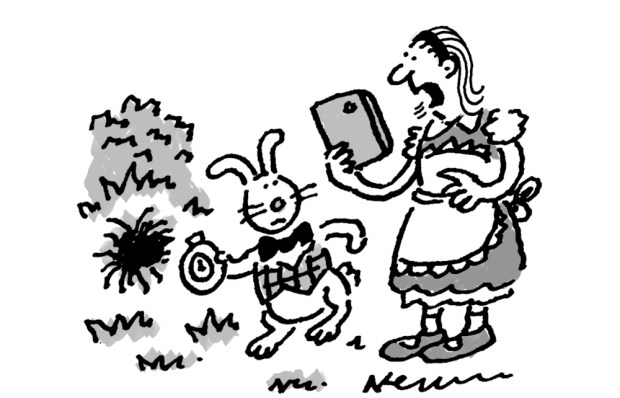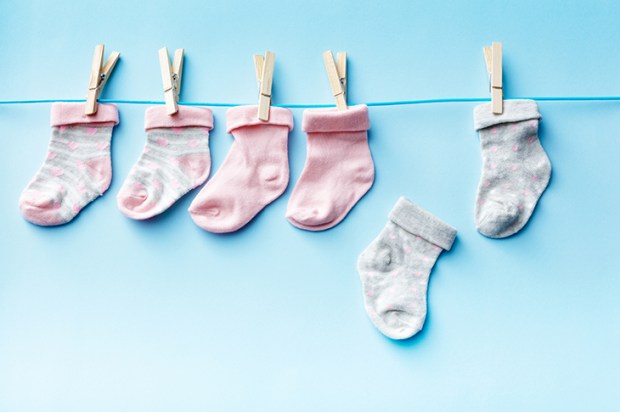We like to think we have moved on from the age of snobbery. Judging others by birth or status, or at least being seen to, is the height of rudeness, and just not very cool.
But English snobbery is in fact as potent as before — and possibly even more insidious. Among my age group of twentysomethings, it is rife. Our elders might think of us as fiercely egalitarian, and in some ways that’s true. We aren’t as obviously obsessed with class. But we’ve found sneakier ways of being snobs.
It starts with social media. Everyone has an online profile, and that has created a new generation of ultra snobs, who lurk behind their phones watching their peers, noting subtle differences. I do it and I know many of my friends do too.
Instagram, the photosharing service, is the modern snob’s favourite platform. You don’t have to tell people how smart you are; you can show them. Instasnobs can tag their location, so that followers can look up which country estate they spent the weekend on. They can also type notable names into the captions underneath their snaps, in case followers don’t appreciate who they know: ‘OMG @emwoodhouse you look amazing.’
There is Instasnobbery and inverse Instasnobbery, and you see masses of both in all the Instatribes posting pictures of themselves. The cool festival-going blondes with faces full of glitter are signalling how free and easy they are compared to the neurotic earth mothers. The bearded flâneurs are differentiating themselves from the fusty artists. The literary hipsters show that they are friendly with, but not the same as, their aristo peers. Everyone jostles to reveal who they know, where they go, what they do. The real sophisticate trick is to do all that and then declare, on social media, that you have had enough of social media. But those people almost always come back.
Unlike the old snobs, who could be quite candid in their judgments, Instasnobs frown on being explicitly horrid. That gives the game away, and nobody wants that. Instead, everyone is adorable. Hearts and kisses are posted, alongside smiley faces and sweet little notes about how wonderful everything is. It’s in the private forums such as WhatsApp where the Mitford-style bitchiness happens. The worst insult is the term ‘basic’, the millennial word for vulgar.
Under the emoji-clad niceness, the brute forces of social power are exercised. Those with the most followers, the most ‘likes’ and the most people fawning over them define what is or isn’t tasteful. Posts will be deleted if they don’t garner enough interest. There is plenty of money to be made from a popular account, although hawking one’s wares online is considered grubby unless you are an artist of some sort.
Social media snobbery is a great example of what Sigmund Freud called the ‘narcissism of small differences’. As English society has become ever more prosperous, traditional class structures have broken down. The middle class has expanded, and so has the range of subtle material differences we use to judge each other.
‘It is impossible for any Briton, perhaps, not to be a Snob in some degree,’ wrote Thackeray in 1848. In his Book of Snobs, he listed various categories: party-giving snobs, dinner-giving snobs, country snobs, country-party snobs, military snobs, English snobs on the continent, literary snobs, marriage snobs, club snobs. All these types are still with us, in one way or another. Today you could add social media snobs, a group I have probably now joined.
The modern club snob is an interesting creature. He no longer spends his time in Pall Mall. He — or it could just as well be a she — has moved to one of the fashionable Soho House clubs. Soho House famously introduced a ‘no tie’ rule, which is just about the most perfect example of inverse-stuffiness I can think of. Membership was originally intended for those with a ‘creative soul’ rather than ‘wealth and status’, but within the clubs, everything is designed to be either photographed or bought.
Soho House publishes a magazine for its members called House Notes. I came across a copy while I was at a party at Soho Farmhouse, a countryside outpost of the club which has all the charm of a totalitarian state. The latest issue is dedicated to ‘Taste’ and the editor’s picks include upcoming events on the ‘Neuro-psychology of food porn’ and ‘The new vulgar aesthetic’, as well as ‘bullyproof’ martial arts classes for kids.
Most striking was an article written by the veteran snob Peter York, author of the Sloane Ranger Handbook, on the ‘democratisation of taste’. ‘Good taste, as all true Marxists know, is that of the ruling class to which every sentient Wannabe aspires,’ writes York, somewhat nonsensically. ‘It’s socially defined, taught and reinforced. Clever, determined, socially mobile people who break away from their backgrounds develop new tastes: effortless, elegant, restrained. Not being noticed — and pretending not to notice either.’
So that’s what social mobility is all about; breaking free from old snobberies to create new ones. Snobbery breeds snobbery, and for every new member of Soho House, there is someone else who has taken to sneering at its pretensions. In our supposedly classless, meritocratic society, snobbery has never been so common.
Got something to add? Join the discussion and comment below.
Get 10 issues for just $10
Subscribe to The Spectator Australia today for the next 10 magazine issues, plus full online access, for just $10.
You might disagree with half of it, but you’ll enjoy reading all of it. Try your first month for free, then just $2 a week for the remainder of your first year.















Comments
Don't miss out
Join the conversation with other Spectator Australia readers. Subscribe to leave a comment.
SUBSCRIBEAlready a subscriber? Log in